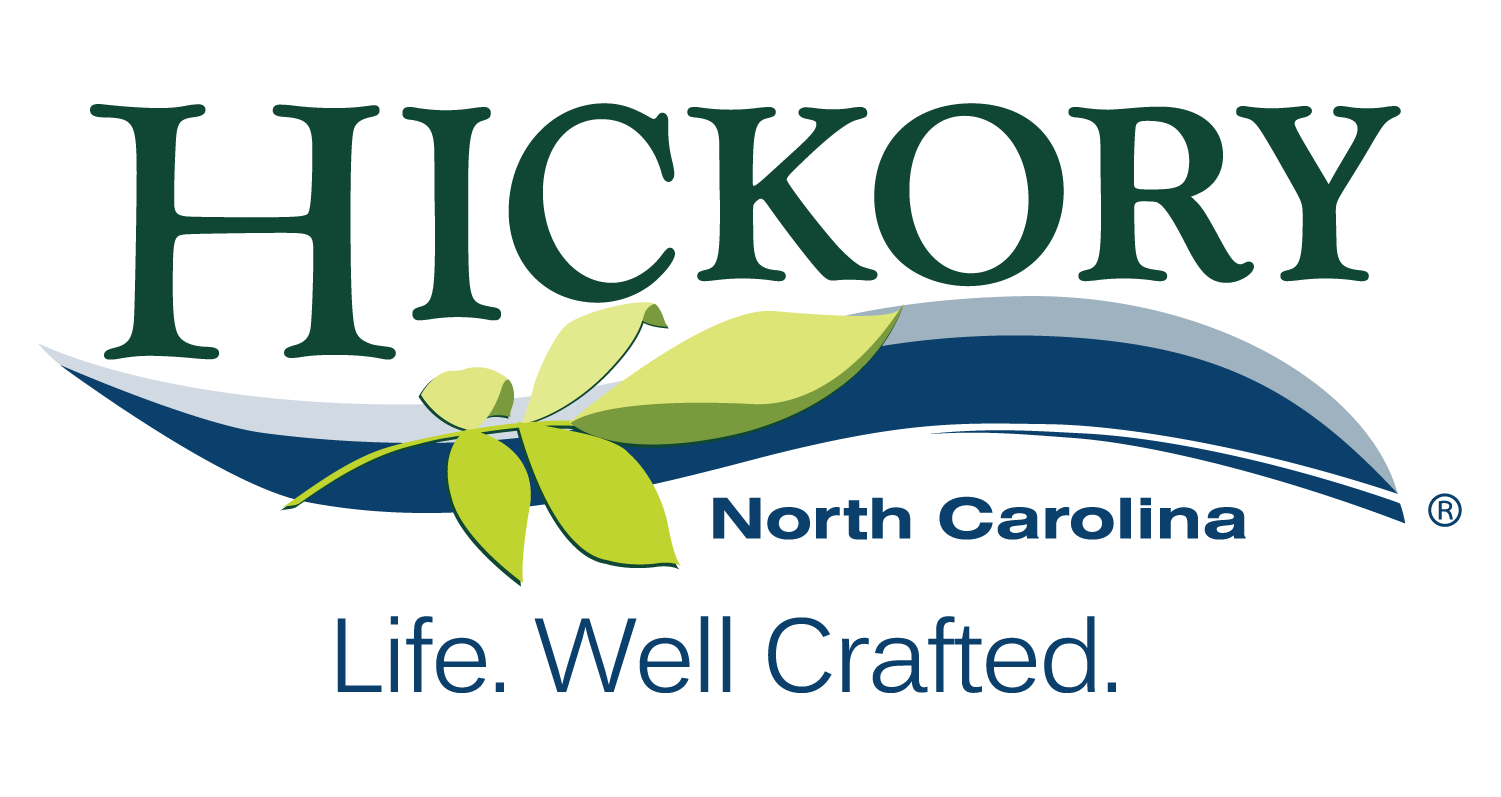Landscape, Buffer, and Screening Requirements
Landscaping
Landscaping is intended to ensure attractive views of a property and to screen the amount of light and sound that may carry from one property to another. Landscaping also moderates temperatures of impervious areas, abates glare from parking lots, and helps filter automotive exhaust. These requirements also encourage the preservation of existing trees and their root zones.
Parking Lot Landscaping
For new development, each off-street parking stall must be within 60 feet of a tree. All required canopy trees planted in a parking lot must be at least 8 feet in height and 2 1/2 inches in caliper at the time of planting and have an expected mature height of 35 feet. All required shrubs must use a 3 gallon container and be at least 24 inches in height at the time of planting with an expected height of 30 inches within three years.
Chapter 9 of the Land Development Code contains the interior and perimeter parking lot landscape requirements. The Landscaping Handbook includes illustrations of interior parking lot landscaping and perimeter parking lot landscaping requirements, as well as, a list of recommended plant species to use.
Buffering/Screening
Buffers and screens are used to reduce the impact of a use of land on adjacent areas, which are of a significantly different character, density, or intensity. A buffer consists of a horizontal distance from a lot line, which may only be occupied by screening, underground utilities, retention areas, and landscaping and fencing materials. Screens can be made from landscaping, fencing, berms, or combinations thereof. As with buffers, the more different the use of the adjoining property, the more dense the screen must be.
For regulations related to fences that are not a part of a required landscape buffer, please review the accessory structures webpage.
Open Storage
The City of Hickory generally requires outdoor storage of materials to be screened from public view. Methods of compliance include relocating the materials, installing an opaque fence, or using landscape screening/buffering. Outdoor seasonal sales are exempt from screening requirements.
